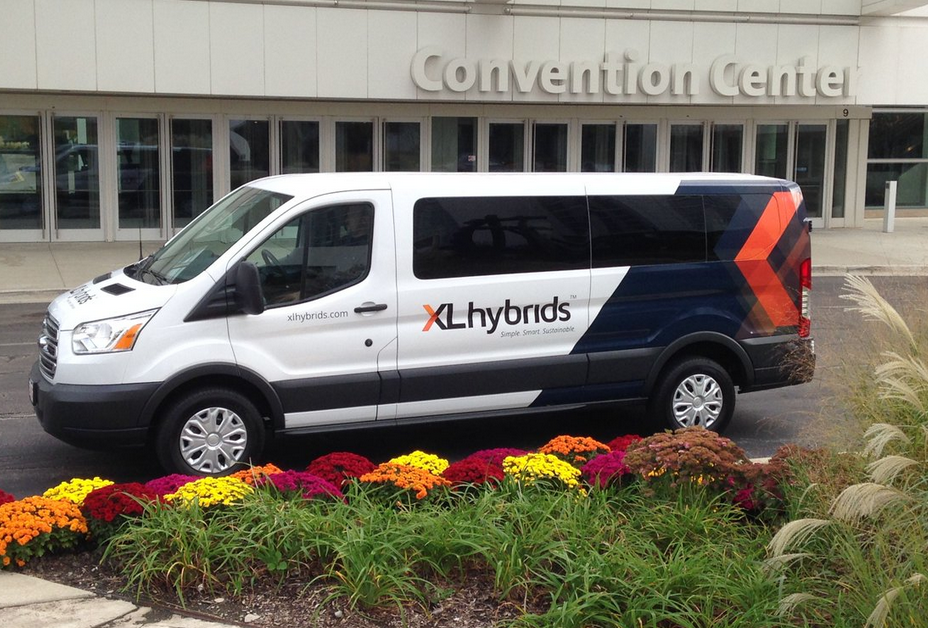Use of Bolt-on Hybrid Technology Broadens
With a goal of saving fuel — particularly for stop-start commercial vehicles, such as delivery vans and urban transit buses — leading universities, municipalities and national parks are among the latest fleet customers to deploy bolt-on hybrid technology.
On leader in fleet electrification, XL Hybrids, has recently announced that leading fleets are tapping its XL3 system is a to lower operating costs and meet sustainability goals. The company notes that “fleets benefit from a 20 percent reduction in CO2 emissions and an up to 25 percent increase in miles per gallon.”
New municipalities deploying the XL3 system include the City of Long Beach, Calif., and Dakota County, Minn., while existing customer The City of Boston has also reordered. Columbia University is a new XL Hybrids customer, while existing customers Yale University and Harvard University have reordered hybrid-electric upfits. Xanterra Parks and Resorts is now using XL3 at Mount Rushmore National Memorial and Rocky Mountain National Park.
New commercial fleets ordering from XL Hybrids include Draught Services (a division of The Beer Store) in Canada and Walden Local Meat Co., while existing customer Liberty Utilities has reordered. These customers are deploying XL3 technology on many types of vehicles including Ford Transit cargo and passenger vans, Ford E-Series passenger shuttles, GM cargo vans, and GM 4500 passenger shuttles.
According to David Breault, business development manager for XL Hybrids, “Fleet customers continue to reorder because our system can be installed in just hours. Drivers can begin using the vehicles with no extra training, and there is zero impact to fleet operations.”
The XL3 saves fuel through regenerative braking, a process by which the electric motor helps slow the vehicle when the driver brakes to charge the battery. When the driver accelerates, the battery releases the energy to the electric motor, helping propel the vehicle. There is no need for charging the XL3 system.
Category: Green










